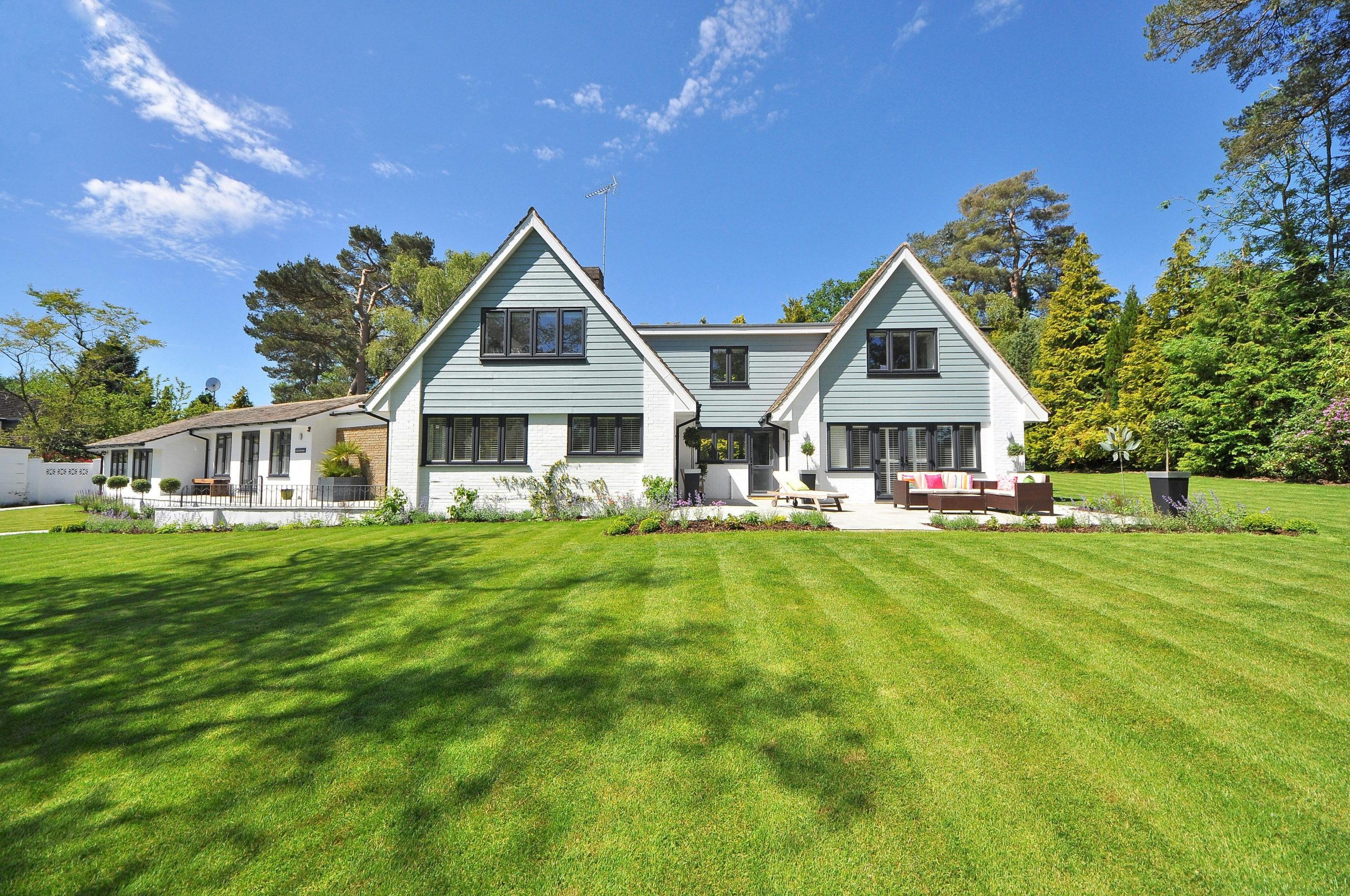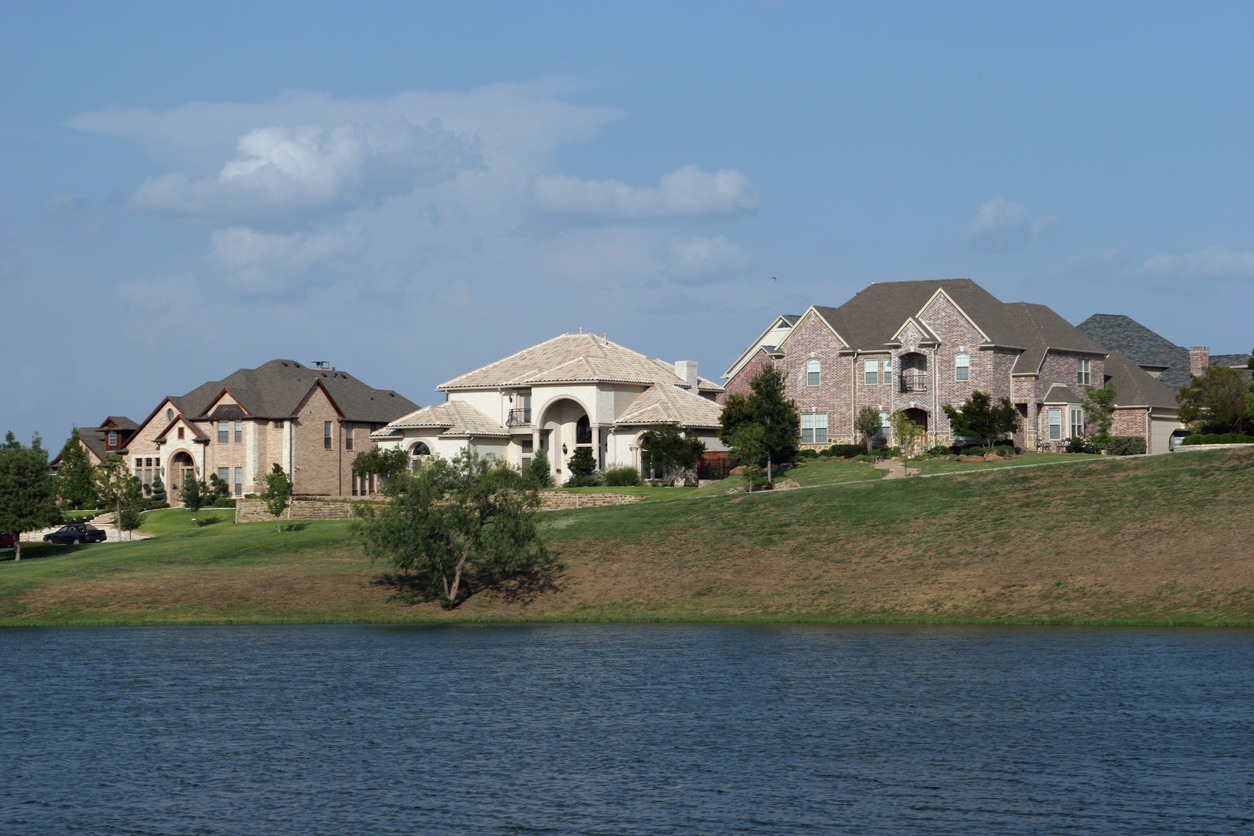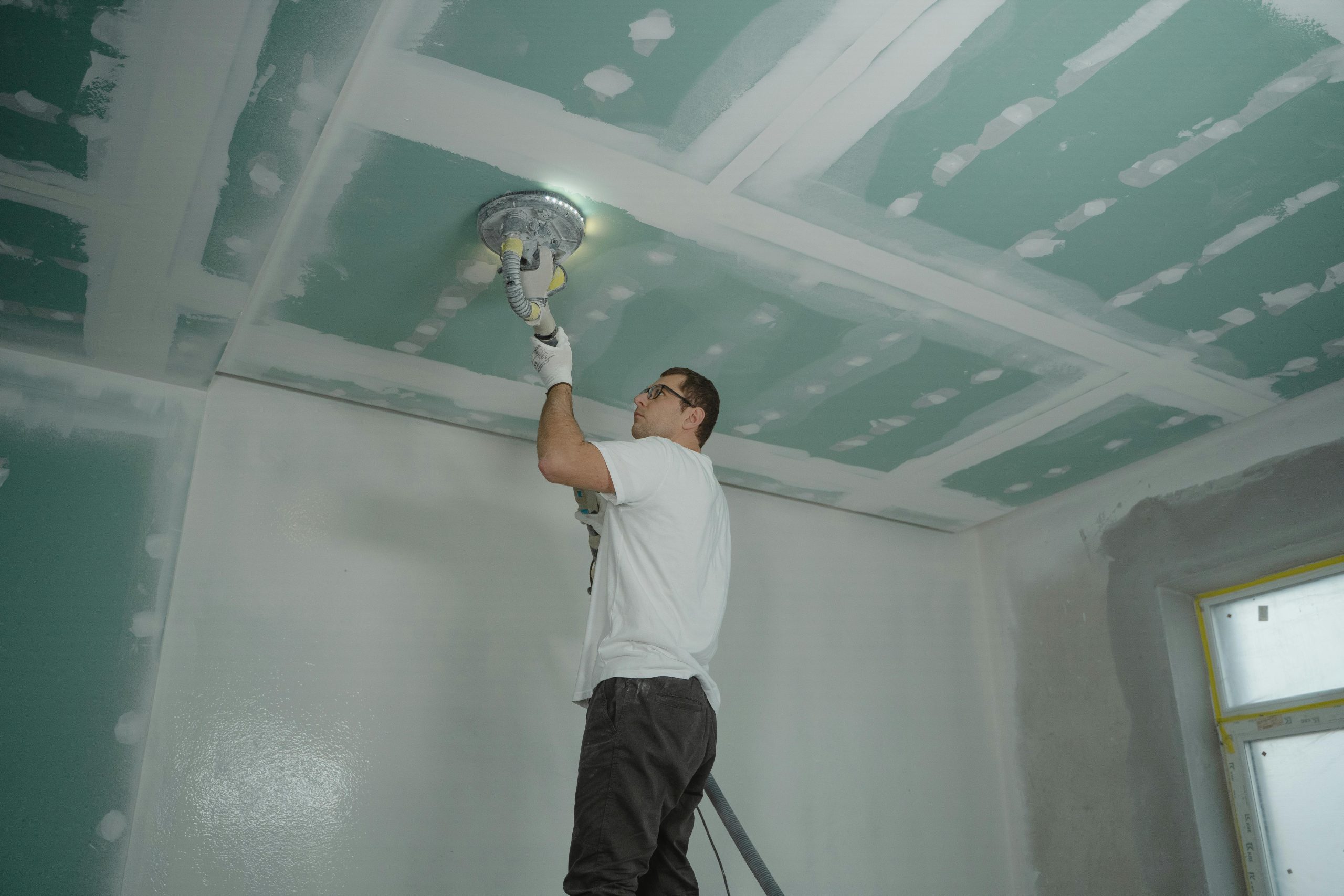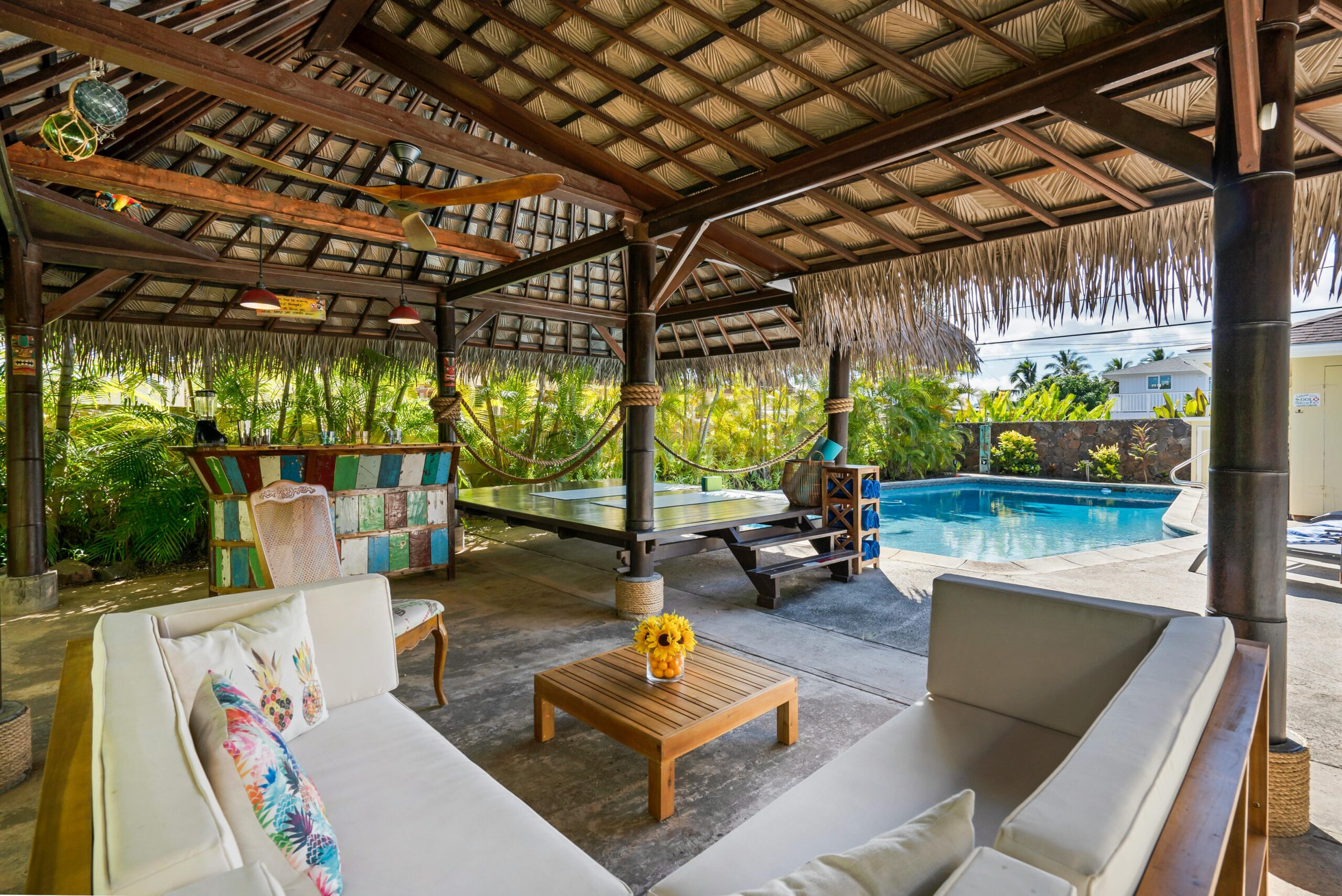Discover the Evolution of Residential Yard Designs

The Ancient Roots of Yard Design
The concept of yard design can be traced back to ancient civilizations. From the ornate courtyard gardens of China and Persia to the functional outdoor spaces of ancient Rome and Greece, outdoor living areas have long been an essential part of residential architecture. These early designs primarily focused on functionality, providing cooking, ceremonies, and relaxation spaces. The gardens often reflected the wealth and status of their owners, showcasing a variety of plants, water features, and art pieces.
Middle Ages and Renaissance Innovation
The Middle Ages saw European gardens take on a more structured form. Monasteries and castles included enclosed gardens featuring symmetrical layouts, primarily serving the practical needs of food production and medicinal herb cultivation. With the Renaissance's arrival, garden design became a form of artistic expression. Emphasizing symmetry and order, these gardens often featured manicured hedges, geometric flower beds, and elaborate fountains.
Enlightenment and the Rise of Landscape Gardens
The Age of Enlightenment introduced a shift in design philosophy. Gardens transitioned from rigid, formal layouts to more naturalistic styles inspired by the English landscape garden movement. The objective was to create a picturesque view with rolling hills, lakes, and scattered groves of trees, suggesting a sense of freedom and tranquility. This period emphasized harmony between the house and its natural surroundings.
The Victorian Era and Eclectic Styles
Victorian gardens introduced diversity and extravagance in yard designs. Technological advancements allowed for the importation of exotic plants, creating diverse botanical displays. Ornate flower beds, intricate layouts, and incorporating greenhouses and conservatories became popular. Introducing new styles, like the Japanese garden, provided alternatives to traditional Western designs, emphasizing simplicity and symbolism.
The 20th Century: Modernism and Minimalism
The 20th century saw a move towards modernism in yard design, focusing on minimalism and functionalism. Designs became more straightforward and more integrated with indoor spaces, emphasizing open plans and easy maintenance. These modern designs often included patios, decks, and clean lines, reflecting a shift toward casual outdoor living. With the rise of suburbia, larger lawns and backyard spaces became common, offering room for recreation and personal expression.
The Emergence of the Sustainable Yard
As awareness of environmental issues grew, sustainable gardening practices began to gain traction. Homeowners started incorporating native plants, rainwater harvesting systems, and organic gardening methods into their yard designs. This trend reflects a growing desire to create outdoor spaces that are both beautiful and environmentally friendly.
Contemporary Trends in Yard Design
Today's yard designs blend historical elements with modern sensibilities. There is an increasing focus on versatility and functionality, with outdoor areas designed to accommodate various activities, from entertaining guests to growing food. Below are some current trends in residential yard design:
- Outdoor Living Spaces: Modern designs often include outdoor kitchens, living rooms, and dining areas, extending indoor living spaces outside.
- Water Features: Ponds, fountains, and waterfalls continue to be popular, adding tranquility and aesthetic appeal to yards.
- Edible Gardens: With a rising interest in sustainability, many homeowners are incorporating vegetable gardens and fruit trees into their yards.
- Smart Irrigation Systems: These systems use technology to conserve water while keeping landscapes lush.
- Vertical Gardens: Perfect for small spaces, vertical gardens allow homeowners to maximize growing space without requiring extensive land.
Yard Design Considerations for Homeowners
When planning a yard design, several factors should be considered:
- Climate and Soil: Choosing plants suited to local climate and soil conditions ensures a thriving garden with minimal maintenance.
- Budget: Considering initial setup costs and ongoing maintenance expenses is crucial when designing a yard.
- Purpose: Determining the space's primary use—be it relaxation, entertainment, or gardening—can help direct design decisions.
- Style: Homeowners should consider whether they prefer a traditional, modern, or eclectic look and plan accordingly.
- Safety and Accessibility: Easy access and safe design are essential for all users, including children and elderly family members.
Highlighting the Role of Excavation in Yard Design
One aspect often overlooked is the importance of proper excavation St George. Proper excavation ensures that outdoor spaces are level, well-drained, and stable, providing a foundation for all other elements of yard design. From creating the groundwork for patios and water features to preparing garden beds, excavation plays a critical role in the success of any design.
Final Thoughts on Yard Design Evolution
The history of yard design for homes is a testament to humanity's enduring relationship with nature and creativity. As society evolves, so do our outdoor spaces, reflecting shifts in culture, technology, and priorities. Whether inspired by the ornate gardens of the past or the minimalist trends of today, residential yard design continues to adapt, serving both functional needs and personal tastes. As we move toward the future, the challenge will be to create sustainable, enjoyable, and meaningful outdoor spaces that enrich our lives.



